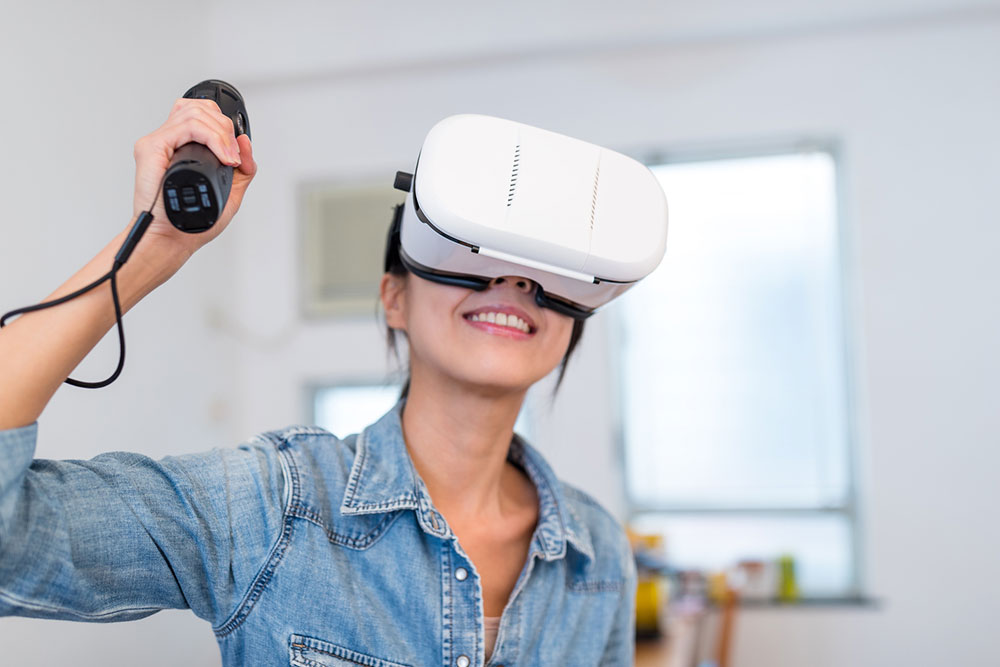
Virtual reality – Types and key gaming equipment
Virtual reality (VR) has emerged as a groundbreaking technology, especially for the entertainment industry. Here, VR gaming, in particular, has introduced a unique way to experience games. With a VR setup, users can step into a computer-generated three-dimensional world that feels astonishingly real, with environments that respond to the users’ moves. To help one understand the technology better, here are the types of virtual reality experiences and VR gaming basics:
Types of VR
Non-immersive VR: Non-immersive VR is the least immersive type on the list, as it typically involves using a standard computer monitor or a small window on a screen to display a computer-generated environment. It offers 360-degree videos and simple VR applications that do not require specialized headsets.
Fully immersive VR: Here, users wear a VR headset that covers their entire field of vision, often using motion controllers or gloves to interact with the virtual environment. This type is commonly used in the gaming sector.
Semi-immersive VR: Semi-immersive VR is a middle ground between non-immersive and fully immersive experiences. Users might use head-mounted displays or projection screens to view the virtual world. Real-world examples of this type include flight simulators and driving simulators.
Augmented reality: Augmented reality combines elements of the real world with computer-generated virtual elements. AR can be experienced through devices like smartphones, tablets, AR glasses, or headsets. Many mobile apps and games use augmented reality with the help of phones.
Collaborative VR: Here, multiple users can interact with each other and the shared virtual space in real time. Collaborative VR can be utilized for business meetings, education, and engaging in social interactions.
What is VR gaming?
The technology behind VR gaming relies on providing a 3D, 360-degree view of the virtual world. This enables players to not only see but also interact with their surroundings. VR gaming is a multi-sensory experience where one can hear, see, and even feel the virtual world. The games here require a platform and can be connected to smartphones, tablets, and computers. Many leading VR brands are working to allow users to tailor their game collection and access their stored VR games from any platform, irrespective of their location.
Must-have equipment
Essential VR gaming accessories include motion controllers and tracking sensors. Additionally, VR glasses and headsets are key devices responsible for transporting one to a different reality. VR glasses are equipped with a pair of screens that display stereoscopic 3D images. These screens are positioned in such a way that they create the illusion of depth, giving the user the perception of being inside a virtual world. Such glasses are commonly used in VR games. VR handsets, on the other hand, provide the means to interact with this digital realm. These devices are hand-based controllers that are often equipped with various sensors like accelerometers and gyroscopes, which track the movements and orientation of the user’s hands.
Cost considerations
VR games come in varying prices, from free titles to premium options that can cost $60 or more. However, the cost of any virtual reality setup can vary significantly, depending on the features offered by different VR brands and models. For instance, a mobile VR headset can be relatively affordable, typically ranging between $75 and $125. Nevertheless, one should do their research and compare the cost of VR accessories from different brands before deciding to invest in one.



